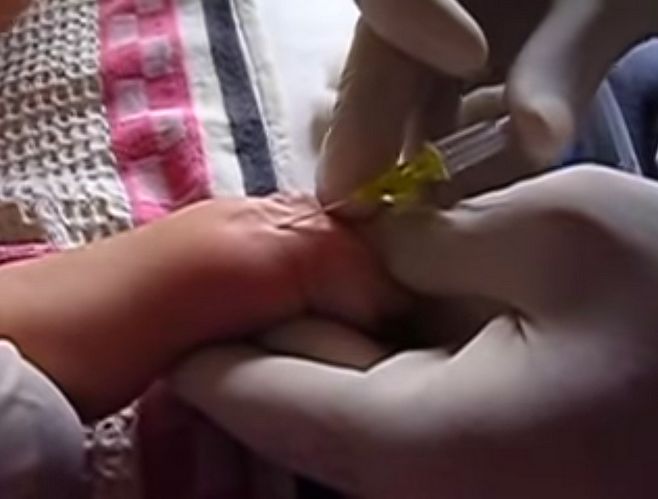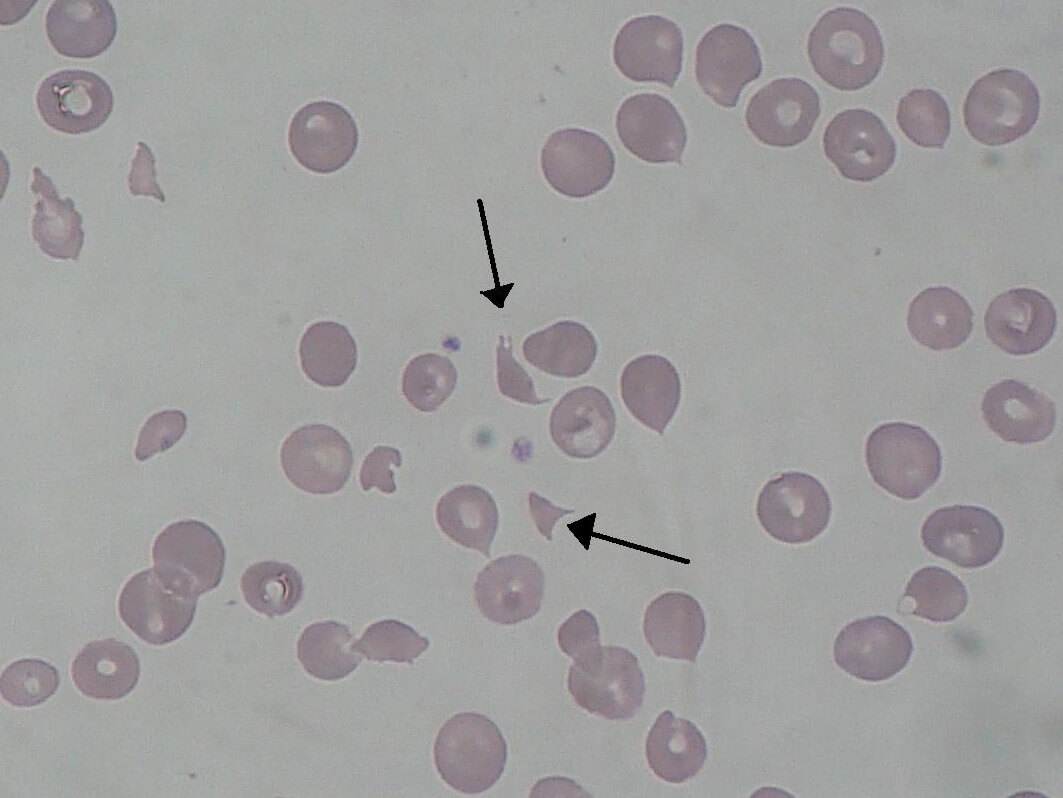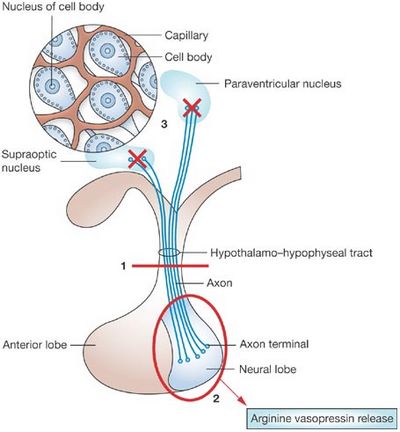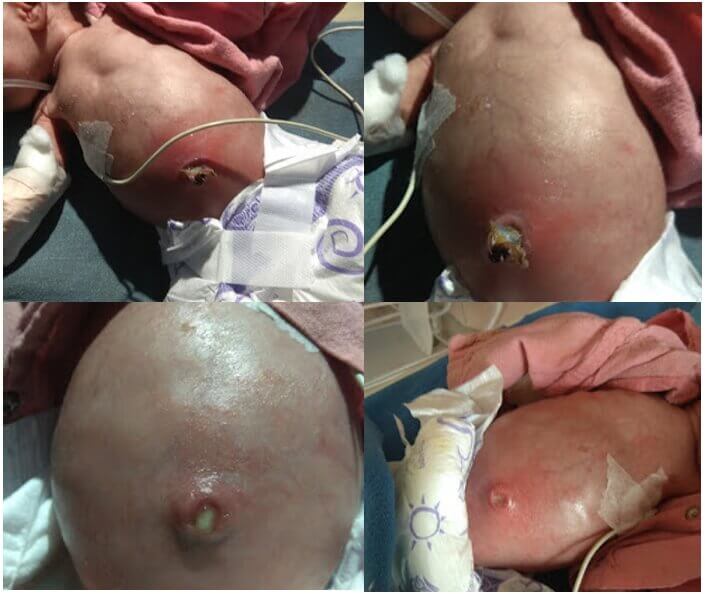A Late preterm, 36 weeks by gestation and small for gestation age was delivered via Cesarean section for Oligohydramnios. At birth the Apgar was 9/10, 9/10 and the baby was shifted to mother side and planned for Sugar monitoring. Hemoglobin and Packed cell volume was sent at 2 hours.
Baby was active and accepting the feed well.
Hemoglobin was 20mg/dl and PCV was 64. Baby was observed and adequate feeding was ensured.
On Day 2 of life, baby developed jaundice with TcB of 11 mg/dl. Baby also appeared suffused and red. Blood sugar done was 40mg/dl. Feeding was given and Repeat PCV/Hb/Serum Bilirubin were sent. Phototherapy was started. As Hb report came 25 mg/dl and PCV was 71, baby was shifted to the NICU.
At NICU, the baby was alert, icteric and tachypneic with respiratory rate of 68/min. Baby also had repeated episodes of hypoglycemia.

A plan for Partial exchange transfusion was done.
Baby was taken under radiant warmer in NICU. Feeds were given.
Calculation for partial exchange was done as per:
Weight X 80ml X ( Observed Hematocrit – Desired Hct)/ Observed Hct [from Cloherty manual]
A target of 60 hematocrit was chosen.
2 X 80 X (71-60)/71 = 24 ml was volume planned for exchange.
In our unit, we prefer peripheral vessels for partial exchange in term babies as it has shown to be associated to lesser infections.1
A Peripheral IV assesses was made with 24 Guage IV cannula. An Arterial access was done with cannula of 24 G.
Blood was drawn out of arterial line and Normal saline equal volume was infused via venous line.2
Post procedural PCV was sent, which came 62. Baby remained stable, was on full feeds and was discharged the next day with advice for follow up.
Here is a good article given in AIIMS protocol 2014 regarding Neonatal Polycythemia.

MD Pediatrics and Fellowship Neonatology, he chooses to stay anonymous. He often writes his views online as well as share few important topics for medical students, doctors and specially parents. He does research in pediatrics.


